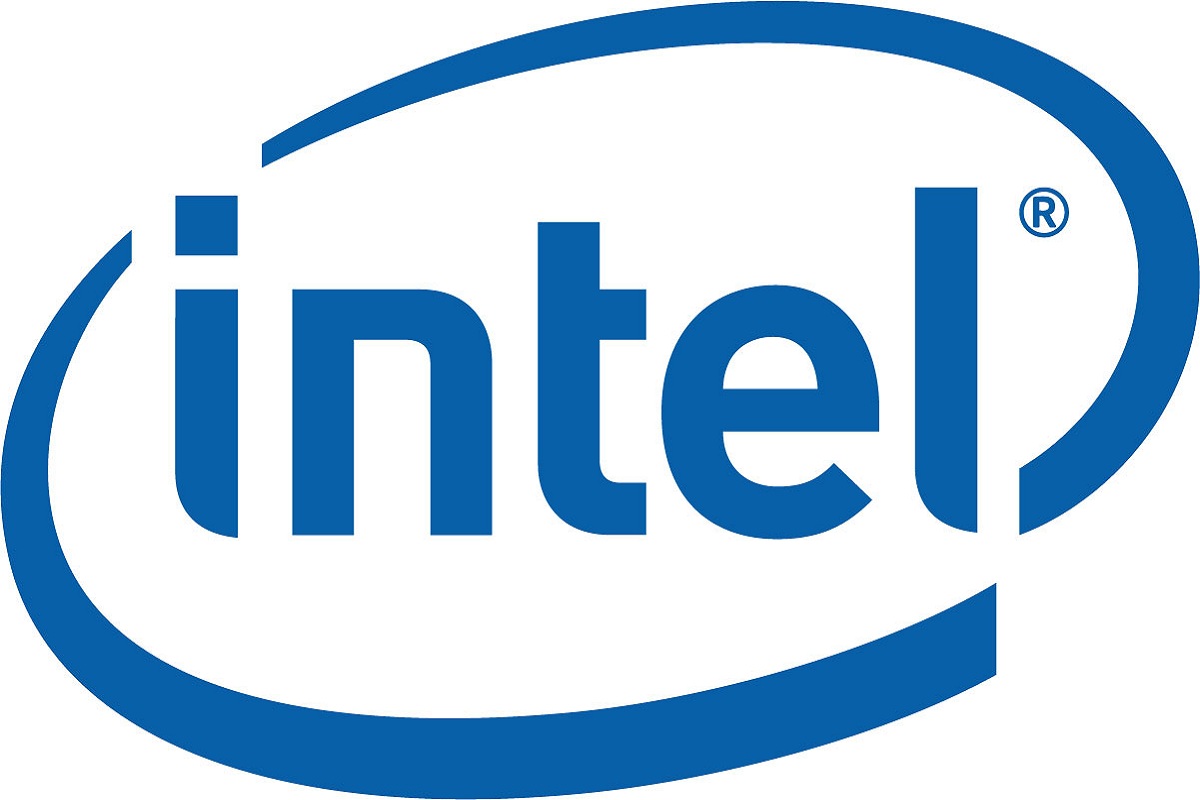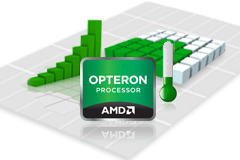SETI boosted by nVidia CUDA tech
Nvidia's latest CUDA powered graphics chips helping hunt aliens - in real-life rather than in games.


While most people think of computer graphics chips as being just for games, Nvidia's latest graphics processing units (GPU) are actually being used to search for aliens at part of the SETI@Home project.
SETI@Home is one of several projects from Berkeley's Open Infrastructure for Network Computing (BOINC) that use PCs across the internet to process and analyse data - a form of grid computing.
SeTI@Home is the largest BOINC project with nearly 200,000 active users. Their efforts will be boosted by the release by Nvidia and BOINC of an optimised client for Nvidia's latest graphics chips.
The client is written in Nvidia's C based CUDA programming language to make the best use of the parallel nature of Nvidia's GPUs to greatly speed processing time.
Nvidia claims that the the SETI@Home client running on its GeForce GTX 280 is twice as first as a system based on the current fastest desktop CPU a 3.2GHz Intel Core i7 965. Compared to a more standard dual-core CPU system based on a 2.66GHz Intel Core 2 Duo E8200, Nvidia says its GPU processing is up to eight times faster.
"NVIDIA CUDA technology opens up processing power for scientific research that was previously unavailable and impossible for researchers to afford," said Dr. David Anderson, research scientist at Berkeley's Space Sciences Laboratory and founder of BOINC.
"CUDA technology makes it easy for scientists and researchers to optimize BOINC projects for Nvidia GPUs and they are already using it for applications in molecular dynamics, protein structure prediction, climate and weather modeling, medical imaging, and many other areas."
Get the ITPro daily newsletter
Sign up today and you will receive a free copy of our Future Focus 2025 report - the leading guidance on AI, cybersecurity and other IT challenges as per 700+ senior executives
Other BOINC projects that make use of Nvidia GPU's are GPUGRID which performs molecular simulations, and Einstein@HOme, which uses distributing computing to search for spinning neutron stars (also called pulsars) using data from gravitational wave detectors.
Benny Har-Even is a twenty-year stalwart of technology journalism who is passionate about all areas of the industry, but telecoms and mobile and home entertainment are among his chief interests. He has written for many of the leading tech publications in the UK, such as PC Pro and Wired, and previously held the position of technology editor at ITPro before regularly contributing as a freelancer.
Known affectionately as a ‘geek’ to his friends, his passion has seen him land opportunities to speak about technology on BBC television broadcasts, as well as a number of speaking engagements at industry events.
-
 Bigger salaries, more burnout: Is the CISO role in crisis?
Bigger salaries, more burnout: Is the CISO role in crisis?In-depth CISOs are more stressed than ever before – but why is this and what can be done?
By Kate O'Flaherty Published
-
 Cheap cyber crime kits can be bought on the dark web for less than $25
Cheap cyber crime kits can be bought on the dark web for less than $25News Research from NordVPN shows phishing kits are now widely available on the dark web and via messaging apps like Telegram, and are often selling for less than $25.
By Emma Woollacott Published
-
 HPE launches ‘world’s first’ solar-powered supercomputer Hikari to solve Zika virus
HPE launches ‘world’s first’ solar-powered supercomputer Hikari to solve Zika virusNews Nearly a third of total power used by supercomputer supplied by renewable energy sources
By Sooraj Shah Published
-
 Intel confirms Altera purchase: What happens next?
Intel confirms Altera purchase: What happens next?Analysis The acquisition will enable Intel to integrate Altera's FPGA products to meet customers' IoT and data centre needs
By Rene Millman Published
-
 ARM unveils mbed OS for Internet of Things
ARM unveils mbed OS for Internet of ThingsNews Free OS could help developers speed up IoT products and devices, it is hoped
By Rene Millman Published
-
 AMD buys into cloud server market with SeaMicro
AMD buys into cloud server market with SeaMicroNews The acquisition of SeaMicro will give the chip manufacturer a clear entrance into the cloud.
By Jennifer Scott Published
-
 SAP splashes £2.18bn on SuccessFactors
SAP splashes £2.18bn on SuccessFactorsNews The firm boosts their business software with the inclusion of Human Capital Management.
By Jennifer Scott Published
-
 AMD launches 16-core chips for cloudy goodness
AMD launches 16-core chips for cloudy goodnessNews The 16-core chips should benefit cloud users looking for scalability and efficiency.
By Tom Brewster Published
-
 Fujitsu returns to UK supercomputing
Fujitsu returns to UK supercomputingNews The HPC Wales project gets a boost as Fujitsu signs up to provide the initiative's distributed grid.
By Tom Brewster Published
-
 Q&A: HP Labs’ Prith Banerjee
Q&A: HP Labs’ Prith BanerjeeIn-depth The director of HP Labs is looking to sharpen the focus of his researchers in the hopes of creating products, not just papers.
By Mary Branscombe Published